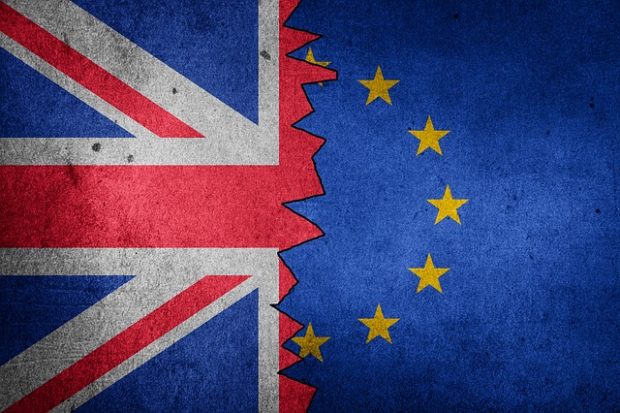As widely known, today was supposed to be the Brexit finish line: Britain was meant to leave the European Union for good, having triggered the process exactly two years ago.
However, the definitive rupture hasn’t materialised yet. As things stand, the date still hasn’t been set (April 12? May 22? Is it happening at all?), depending on whether or not the House of Commons will vote in favour of the proposed withdrawal agreement, which appears not to draw the approval neither of hard Brexiters nor that of Remainers.
Brexit is a saga of twists, attrition, and clashing identities, but this should not come as a surprise. As a matter of fact, the whole history of British relations with Europe (both in its EU and EEC forms) has closely resembled the turmoils of the last few years, ever since the aftermath of World War II. For instance, it should be remembered that in 1949 the UK was among the founding members of the Council of Europe, an organisation that won’t be left regardless of the Brexit outcome.
What is surprising, or perhaps not so much, is that this troubled liaison has a mirroring precedent regarding Britain’s attempts to join the European Community in the first place – ironically, just as the Parliament is about to vote for the third time on the withdrawal deal, the UK had to apply three times before being allowed to join the EEC.
This historical cyclicality, along with the weight that past contrasts keep carrying, are some of the reasons why it can be interesting, and above all relevant, to re-examine the last 70 years of Euro-British relations, which can be investigated in a little more depth through the following timeline, created by LSJ:
